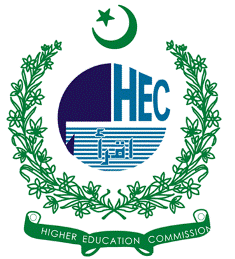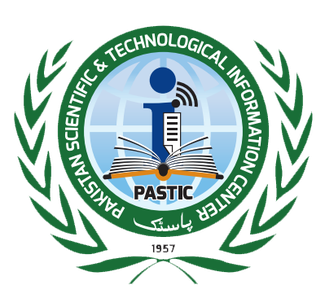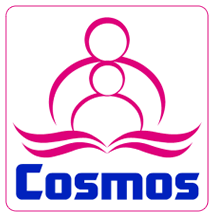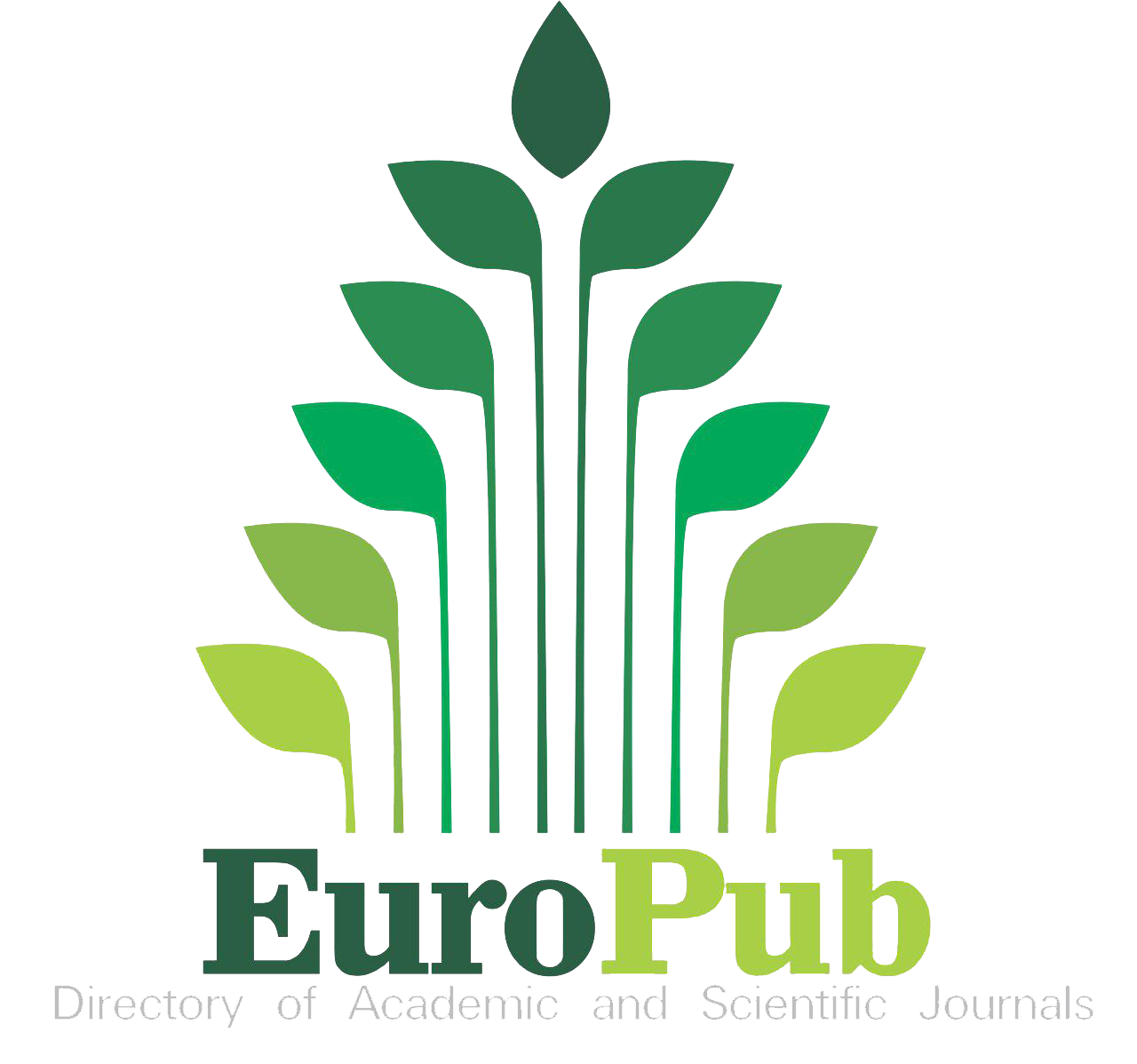Digital Credibility and Social Gratification: Understanding How Generation Z in Pakistan Engages with Misinformation and Algorithmic Influence in the Contemporary Social Media Landscape
Keywords:
Digital Media, Generation Z, Social Media, Misinformation, Fake News, Youth and Technology, Media ConvergenceAbstract
In the contemporary digital landscape, Generation Z increasingly relies on social media as a primary source of information, communication, and self-expression. While these platforms foster connectivity, learning, and creativity, they also amplify the circulation of misinformation due to limited regulation and inadequate fact-checking practices. This study investigates the motivations and behavioral patterns of Generation Z in Pakistan concerning online information engagement, focusing on the balance between social gratification and information credibility. Employing a qualitative exploratory design, data were collected through five focus group discussions (FGDs) comprising 25 participants across diverse academic disciplines, including Media Studies, Art & Design, Computer Science, Business Administration, and Allied Health Sciences. Thematic analysis revealed that social validation and entertainment are dominant motivators for content sharing, whereas critical evaluation and fact-checking remain secondary concerns. Instagram and WhatsApp emerged as the most frequently used platforms, followed by X (formerly Twitter), TikTok, and Facebook. Although participants acknowledged the prevalence of misinformation, only 52% consistently verified content prior to sharing. The study highlights how algorithmic reinforcement and emotional engagement contribute to selective exposure and echo chambers, intensifying the challenge of discerning credible information. Findings underscore the need for comprehensive digital literacy initiatives that integrate fact-checking, ethical sharing, and critical thinking into educational frameworks. The research contributes to the broader discourse on media ethics, algorithmic influence, and the sociocognitive dimensions of digital engagement among youth in developing contexts.
References
“NEWS TRUST AND ENGAGEMENT ON FACEBOOK: A COMPARATIVE STUDY OF GEN Z AND MILLENNIALS IN URBAN PAKISTAN Corresponding Author: *.” Accessed: Oct. 27, 2025. [Online]. Available: https://www.researchgate.net/publication/387498888_NEWS_TRUST_AND_ENGAGEMENT_ON_FACEBOOK_A_COMPARATIVE_STUDY_OF_GEN_Z_AND_MILLENNIALS_IN_URBAN_PAKISTAN_Corresponding_Author
A. J. Huang, H. C. Wang, and C. W. Yuan, “De-virtualizing social events: Understanding the gap between online and offline participation for event invitations,” Proc. ACM Conf. Comput. Support. Coop. Work. CSCW, pp. 436–448, 2014, doi: 10.1145/2531602.2531606.
“(PDF) Potential Target Audience of Misinformation on Social Media: Credulous Users.” Accessed: Oct. 07, 2025. [Online]. Available: https://www.researchgate.net/publication/351482761_Potential_Target_Audience_of_Misinformation_on_Social_Media_Credulous_Users
W. L. Bennett, “The Personalization of Politics,” Ann. Am. Acad. Pol. Soc. Sci., vol. 644, no. 1, pp. 20–39, Nov. 2012, doi: 10.1177/0002716212451428.
W. L. Bennett, “1998 Ithiel De Sola Pool Lecture: The UnCivic Culture: Communication, Identity, and the Rise of Lifestyle Politics,” PS Polit. Sci. Polit., vol. 31, no. 4, p. 740, Dec. 1998, doi: 10.2307/420711.
W. L. Bennett and A. Segerberg, “Digital media and the personalization of collective action: Social technology and the organization of protests against the global economic crisis,” Inf. Commun. Soc., vol. 14, no. 6, pp. 770–799, Sep. 2011, doi: 10.1080/1369118X.2011.579141.
W. L. Bennett and A. Segerberg, “The logic of connective action: Digital media and the personalization of contentious politics,” Inf. Commun. Soc., vol. 15, no. 5, pp. 739–768, Jun. 2012, doi: 10.1080/1369118X.2012.670661;CSUBTYPE:STRING:SPECIAL;PAGE:STRING:ARTICLE/CHAPTER.
B. Bimber, A. J. Flanagin, and C. Stohl, “Collective action in organizations: Interaction and engagement in an era of technological change,” Collect. Action Organ. Interact. Engagem. an Era Technol. Chang., pp. 1–224, Jan. 2012, doi: 10.1017/CBO9780511978777.
J. Earl and K. Kimport, “Digitally Enabled Social Change,” Digit. Enabled Soc. Chang., Mar. 2011, doi: 10.7551/MITPRESS/9780262015103.001.0001.
Y. Chen, W. Yang, X. Zhang, and Y. Wu, “Generational Digital Divide of Health Communication: Social Media Use Motivations, Perceived Social Support, and Mental Health in China,” Health Commun., 2025, doi: 10.1080/10410236.2025.2567514.
B. H. Nugroho, “Digital activism and youth participation in Indonesia: A qualitative study of social media’s role in contemporary social movements,” Priviet Soc. Sci. J., vol. 5, no. 10, pp. 91–105, Oct. 2025, doi: 10.55942/PSSJ.V5I10.603.
Y.-H. Lee and C. W. Tina Yuan, “The authenticity Paradox of political AI Chatbots: Effects on candidate Credibility, social Presence, and voting intentions,” Telemat. Informatics, p. 102339, Oct. 2025, doi: 10.1016/J.TELE.2025.102339.
M. Khneisser, “The marketing of protest and antinomies of collective organization in Lebanon,” Crit. Sociol., vol. 45, no. 7–8, pp. 1111–1132, Nov. 2019, doi: 10.1177/0896920518792069.
M. Latififard and A. Yadegari, “Football in the Shadow of Politics: Persian-Speaking Comments on Twitter/X Refusing the Iran Football National Team to Sing National Anthem,” Arab Middle East. Sport, pp. 107–124, Oct. 2025, doi: 10.1108/S1476-285420250000027007.
T. J. Billard, “Citizen typography and political brands in the 2016 US presidential election campaign,” Mark. Theory, vol. 18, no. 3, pp. 421–431, Sep. 2018, doi: 10.1177/1470593118763982.
A. Mattoni, “Book Review: The Logic of Connective Action: Digital Media and the Personalization of Contentious Politics,” Media, Cult. Soc., vol. 37, no. 6, pp. 948–951, Sep. 2015, doi: 10.1177/0163443715594581.
“Information Technology,” Encycl. Consum. Cult., 2011, doi: 10.4135/9781412994248.N294.
A. Hassoun, I. Beacock, S. Consolvo, B. Goldberg, P. G. Kelley, and D. M. Russell, “Practicing Information Sensibility: How Gen Z Engages with Online Information,” Int. Conf. Hum. Factors Comput. Syst., Apr. 2023, doi: 10.1145/3544548.3581328.
S. Fayaz, “Media Influence on Political Perspectives: Analyzing Social Media’s Impact on Youth Engagement in Pakistani Politics,” Magna Cart. Contemp. Soc. Sci., vol. 1, no. 4, pp. 198–207, Dec. 2022, Accessed: Jan. 06, 2024. [Online]. Available: https://journal.50sea.com/index.php/MC/article/view/637
Javed Usama and Javed Umer, “The Influence of Social Media Algorithms on Political Polarization and Public Opinion,” Online Media Soc., vol. 4, no. 2, pp. 44–52, 2023, [Online]. Available: file:///C:/Users/Taqi/Downloads/4-430-Research+Article+(Final+Copy) (1).pdf
T. L. Sandel and B. “Jenny” Ju, “Social Media, Culture, and Communication,” Oxford Res. Encycl. Commun., Dec. 2019, doi: 10.1093/ACREFORE/9780190228613.013.758.
A. Depeursinge et al., “Fusing Visual and Clinical Information for Lung Tissue Classification in HRCT Data,” Artif. Intell. Med., p. ARTMED1118, 2010, doi: 10.1016/J.
H. E. Hale, “How Should We Now Conceptualize Protest, Diffusion, and Regime Change?,” J. Conflict Resolut., vol. 63, no. 10, pp. 2402–2415, Nov. 2019, doi: 10.1177/0022002719862427.
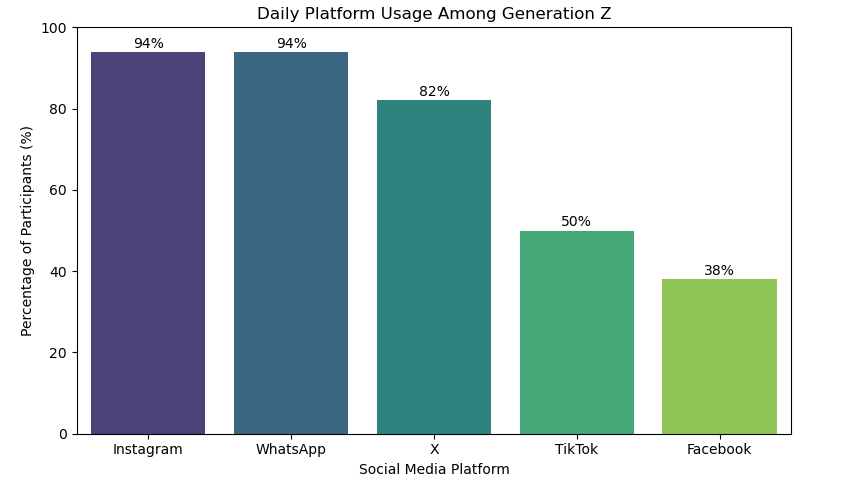
Downloads
Published
How to Cite
Issue
Section
License
Copyright (c) 2025 50sea

This work is licensed under a Creative Commons Attribution 4.0 International License.

